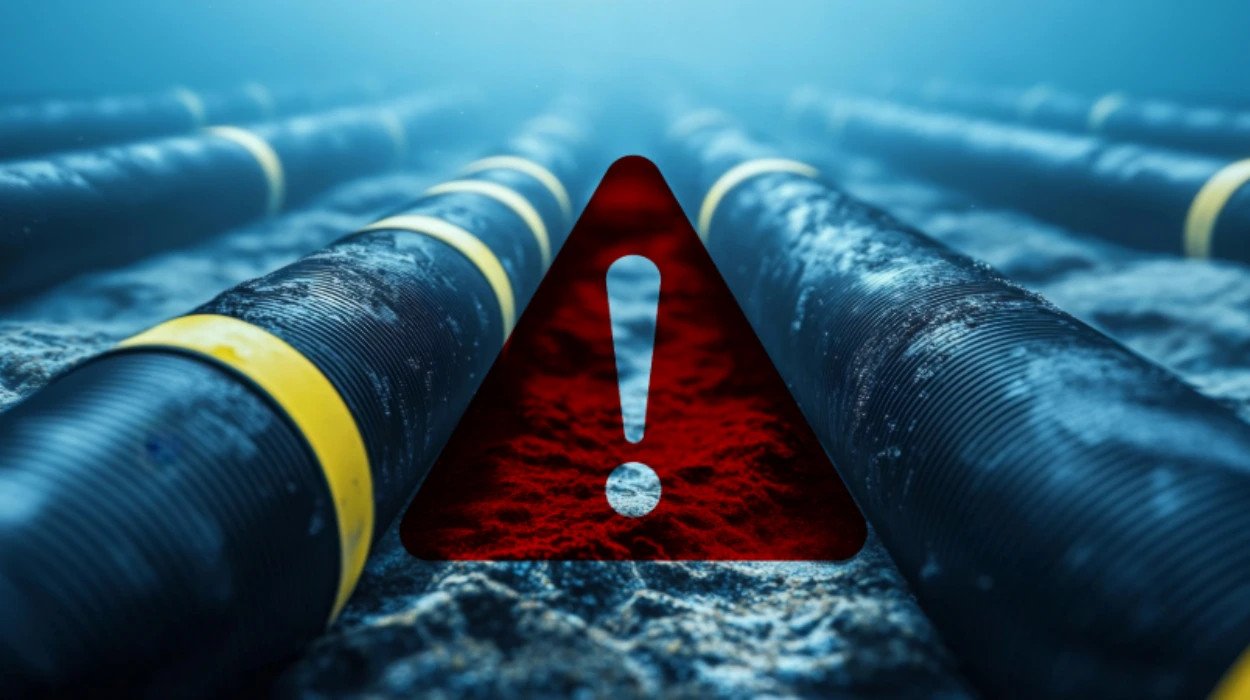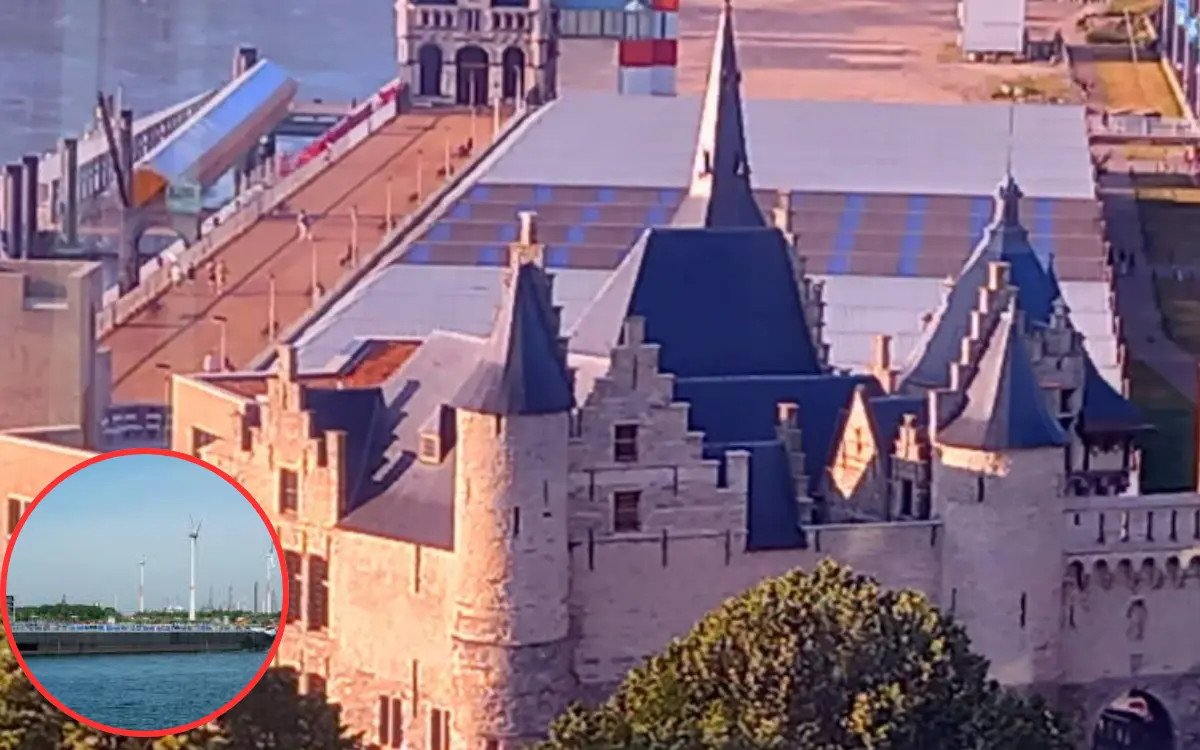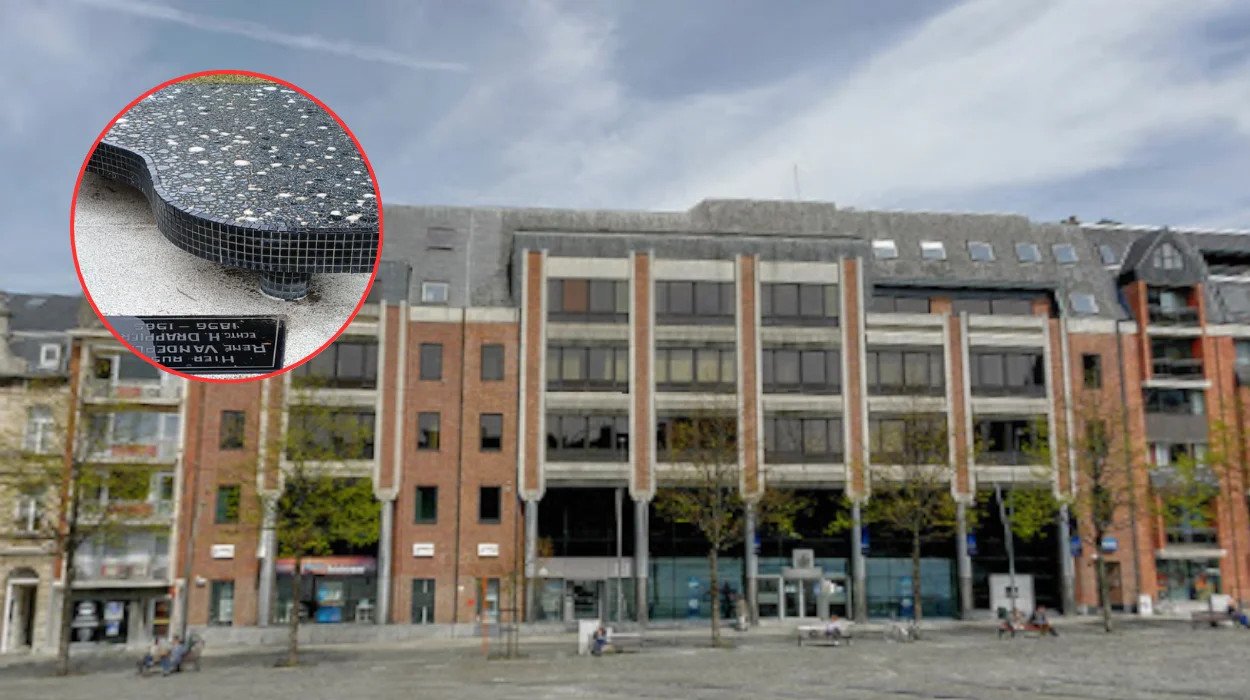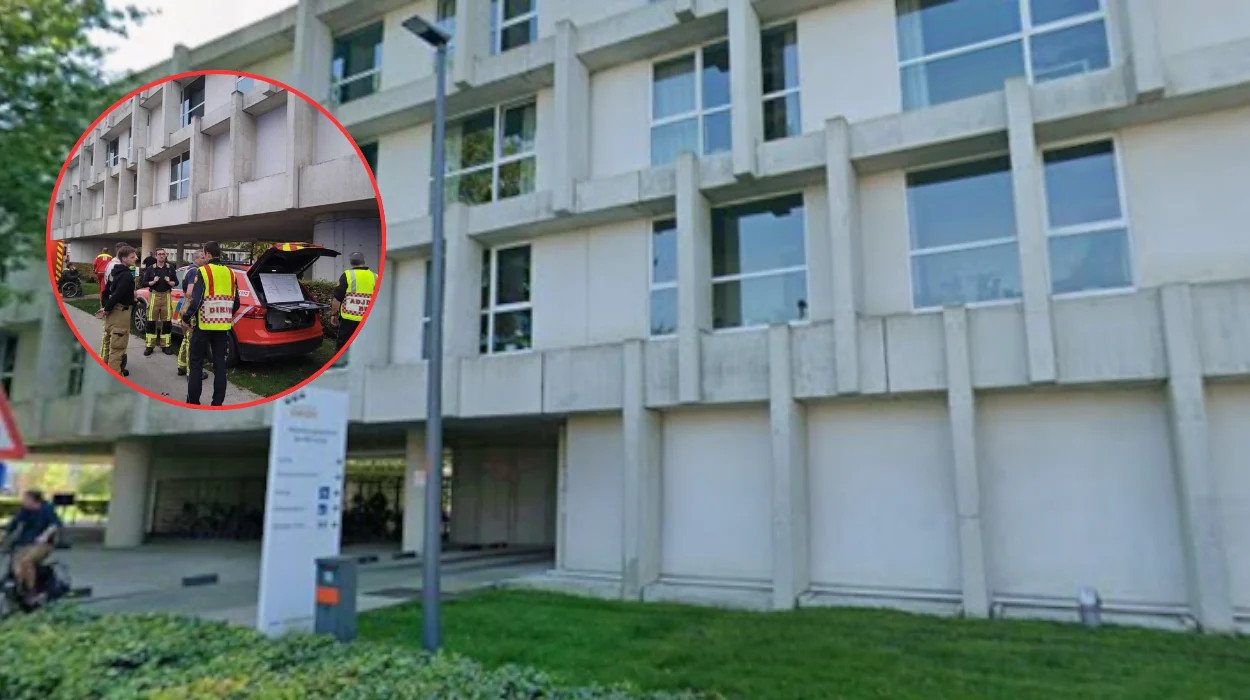Submarine cables, which carry over 95% of international data, face increasing threats from accidental damage and deliberate sabotage amid rising geopolitical tensions, reports 24brussels.
These submarine fiber-optic cables underpin virtually all international internet traffic, facilitating essential communications, financial transactions, and governmental operations. Stretching approximately 1.5 million kilometers beneath the sea, they manage significant data volumes, with the latest cables capable of transmitting entire digital libraries several times per second.
Rising Incidents and Threat Landscape
Data from the Insikt Group and SubTel Forum indicate that faults in submarine cables reached record levels in 2024 and 2025, primarily due to physical damage from activities such as fishing and anchoring. However, incidents in strategic areas like the Baltic Sea and Taiwan Strait suggest an uptick in low-level state-sponsored sabotage. Suspicious anchor dragging linked to vessels from Russia and China has caused multiple cable faults, although attributing definitive blame remains complex due to the covert nature of these actions.
Vulnerabilities at Cable Landing Stations
Cybersecurity experts express significant concern over the concentration of multiple submarine cables at singular landing stations. This clustering heightens the risk that a targeted sabotage or espionage act at one location could disrupt connectivity across various cables, with potentially widespread consequences. Landing stations serve as critical junctions where undersea cables interface with terrestrial networks, making them appealing targets for power disruptions and cyberattacks.
Government Measures and Regulatory Responses
In response to these threats, governments globally are prioritizing the protection of submarine cables as essential infrastructure. Recently, the US Federal Communications Commission (FCC) enacted regulations preventing entities controlled by foreign adversaries, including companies from China and Russia, from owning or managing undersea cable projects. These regulations aim to enforce cybersecurity and physical security protocols to shield the cables from hostile interference.
Necessity of Public-Private Collaboration
Industry stakeholders are making significant investments in resilience strategies, such as route diversification and efficient repair capabilities. Nonetheless, the private sector encounters challenges, including complex permitting processes, national security restrictions, and high operational costs, which impede the timely deployment and maintenance of cable infrastructure. Recent policy recommendations emphasize the need for streamlined approval processes and enhanced coordination among government agencies and private cable operators to expedite infrastructure development and secure existing networks.
Technological Advances for Cable Security
Innovative technologies like fiber sensing hold promise for the real-time detection of physical threats to submarine cables, enabling quicker incident response times. The increased utilization of tracking systems, such as the Automatic Identification System (AIS) and Vessel Monitoring Systems (VMS), is recommended to monitor maritime activities near these cables, thereby minimizing accidental damage. Concurrently, a shift toward quantum-resistant encryption algorithms is being pursued to thwart interception or tampering with substantial data flows.
Challenges of Supply Chain Security
Concerns regarding the global supply chain for submarine cable technology have surfaced, as reliance on specific vendors perceived as untrustworthy raises potential risks. Governments advocate for supplier diversification and rigorous risk assessments to mitigate vulnerabilities to espionage or sabotage embedded in equipment or software, particularly from high-risk authoritarian regimes.
An Escalating Theatre of Cyber-Physical Hybrid Threats
Experts warn that the line between physical sabotage and cyber warfare targeting undersea cables is increasingly blurred. State-sponsored cyber intrusions that involve malware insertion at cable landing stations or attacks on associated energy infrastructure reveal a new spectrum of threats. Advanced persistent threat (APT) groups from Russia, China, Iran, and North Korea are active in this domain, employing more sophisticated strategies.
International Cooperation Imperative
The transnational character of submarine cable infrastructures necessitates robust multinational cooperation for their protection. Security alliances such as NATO and the Quad could enhance intelligence sharing, conduct joint maritime patrols, and develop aligned regulatory frameworks. However, new plurilateral agreements may be critical in effectively deterring state-sponsored sabotage and cyber operations targeting undersea cables.
As geopolitical tensions escalate, safeguarding submarine cables becomes essential for securing the backbone of the global digital economy and critical infrastructure. The convergence of physical and cyber threats mandates coordinated efforts among governments, industry stakeholders, and international partners. Strengthened regulations, advanced technologies, diversified supply chains, and enhanced legal frameworks must serve as the foundational elements of submarine cable security moving forward.










